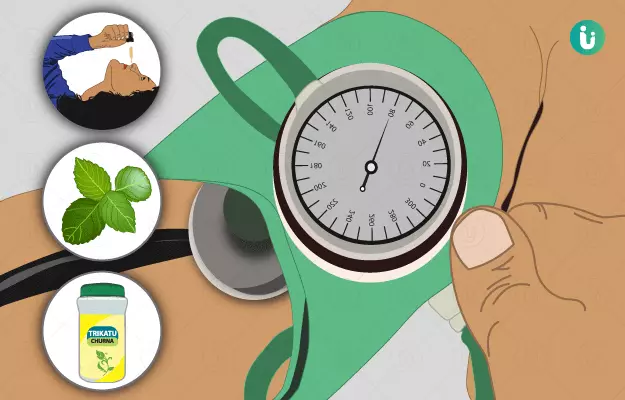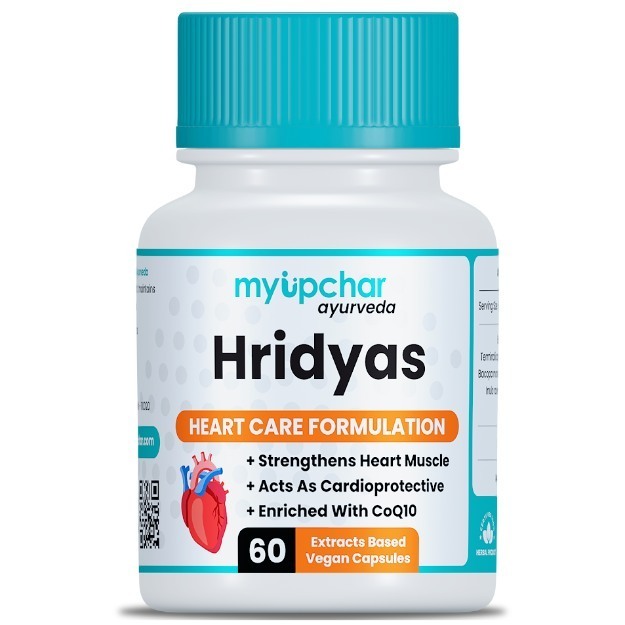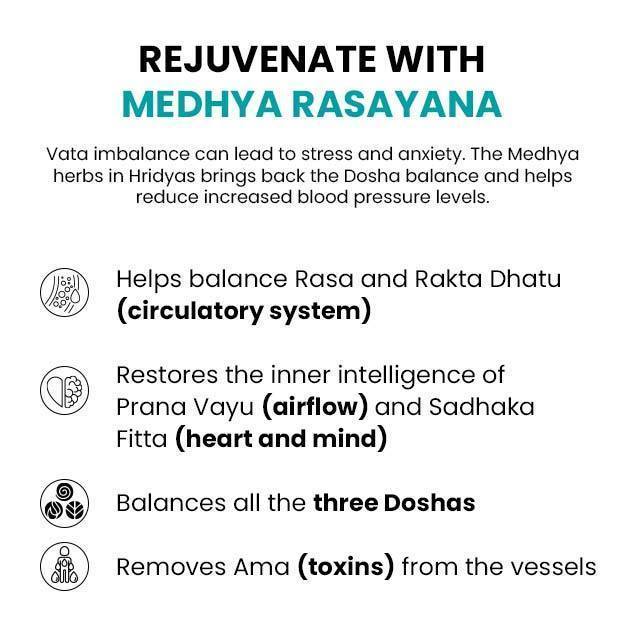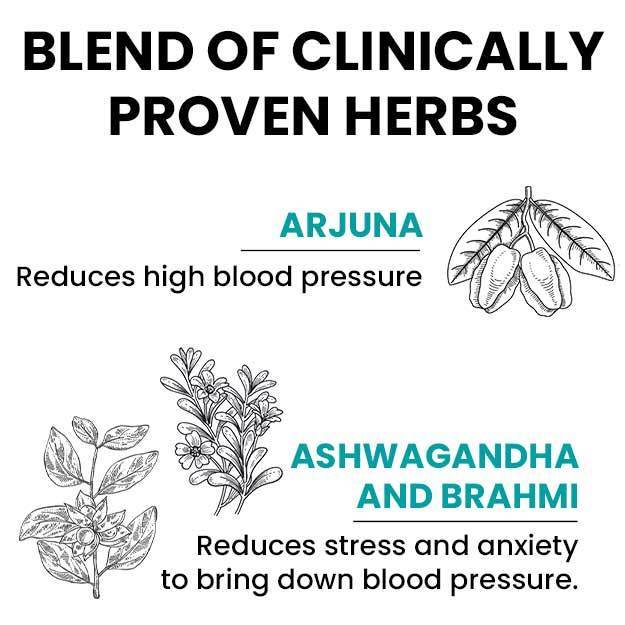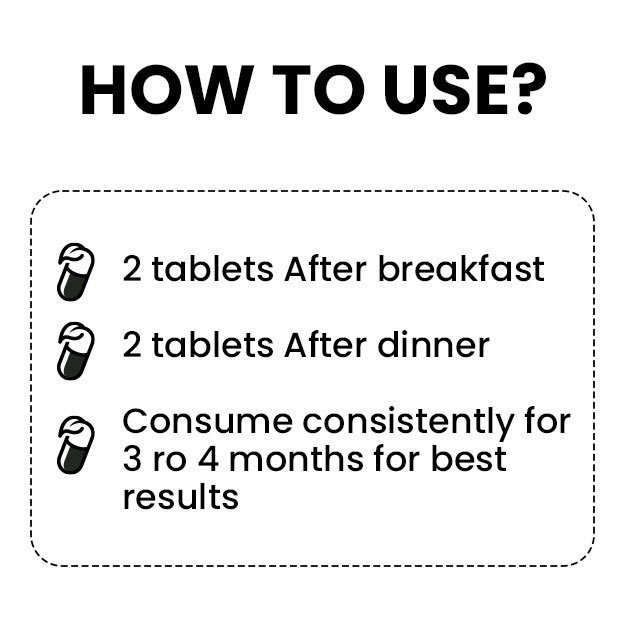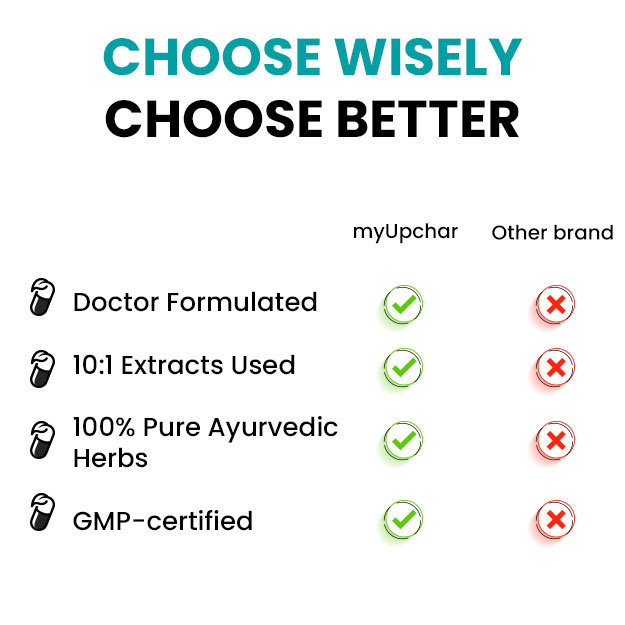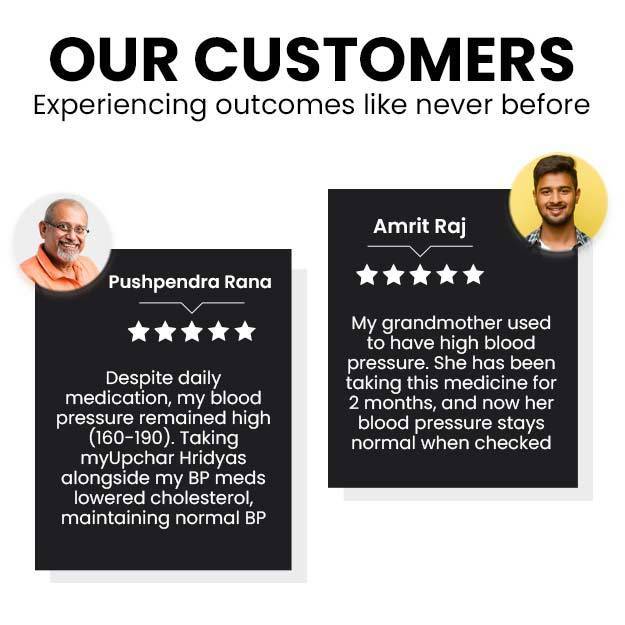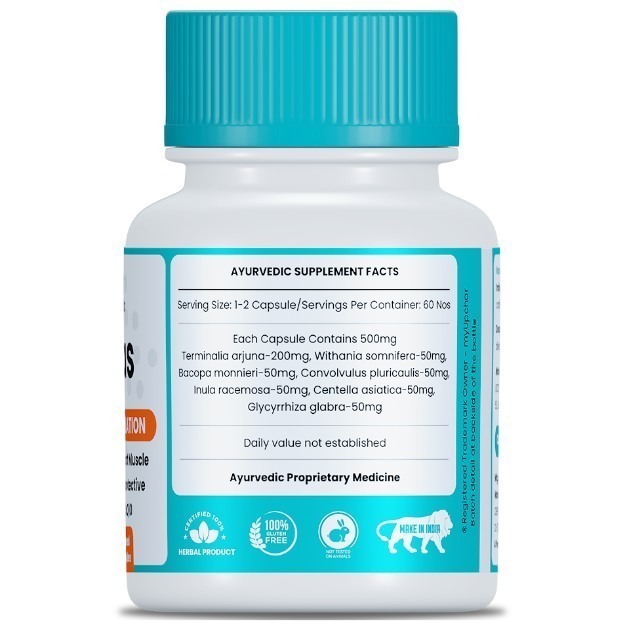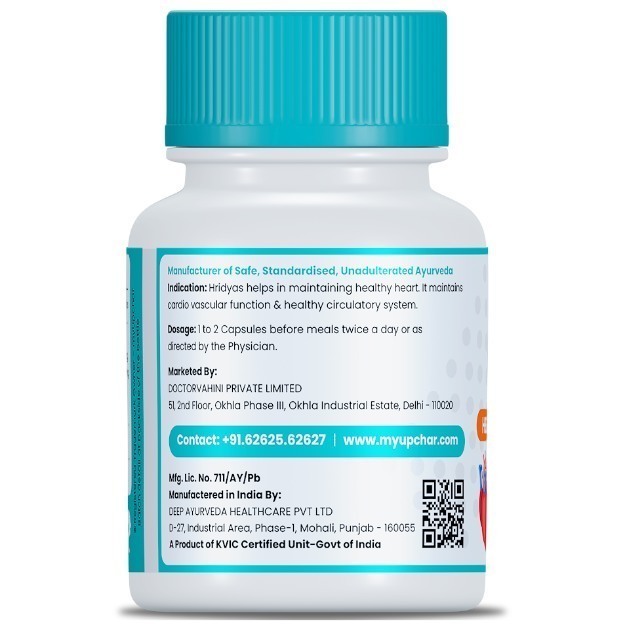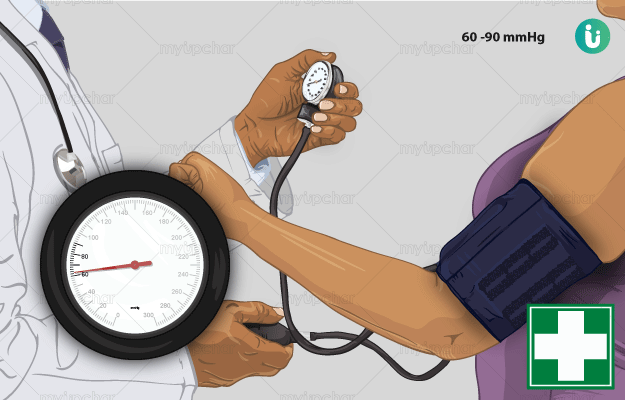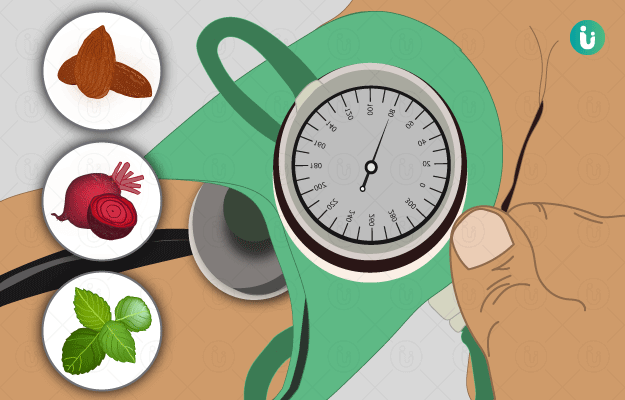Low blood pressure, also called hypotension, is a condition in which the blood pressure of an individual is lower than the normal value. The normal levels of blood pressure are 120/80 mmHg. Blood pressure less than 90/60 mmHg is considered to be hypotension. Low blood pressure does not lead to any complications in a majority of individuals; however, if there is a sudden and drastic fall in the blood pressure with symptoms such as dizziness and fainting, a doctor must be immediately consulted as it may lead to shock. The doctor may suggest keeping the body hydrated by increasing the intake of water, increasing the consumption of salt in the diet, avoiding alcohol and caffeine, and wearing compression stockings.
According to Ayurveda, vata (air) is the primary causative factor for low blood pressure, although pitta and kapha are also indirectly responsible. Conditions that are caused due to pitta and kapha imbalance and which are responsible for low blood pressure are anaemia and debility.
Ayurvedic treatments recommended for low blood pressure are sarvanga ksheeradhara (pouring of oil over the body), pizhichil (oil massage), shodhana karmas (purification therapy), abhyanga (massage) and swedana (sweat therapy). The Ayurvedic herbs and medicines that are useful in treating and managing low blood pressure are arjuna, tulsi (holy basil), rasonam (garlic), manjishtha (Indian madder), trikatu (three acrids), and makaradhwaja ras.

